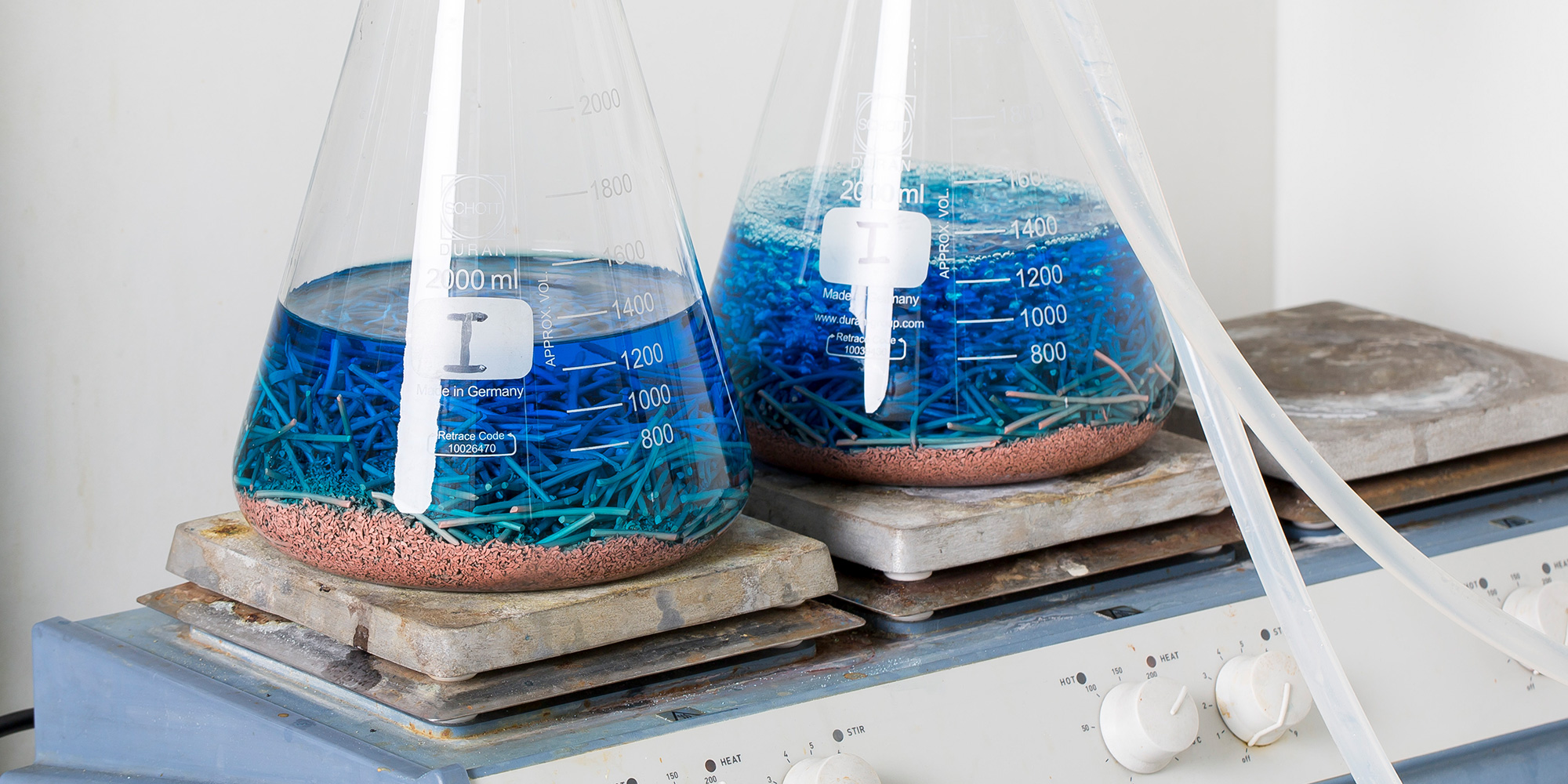UOP 463 Corrosion Properties of Chemical Streams Test
The UOP 463 test is a critical method used in oil and gas testing to evaluate the corrosive properties of chemical streams. This test plays an essential role in ensuring the integrity, efficiency, and safety of equipment handling these fluids throughout the oil and gas production process. Understanding the corrosiveness of chemical streams helps prevent costly downtime due to pipeline failures or operational inefficiencies.
The UOP 463 method measures the weight loss corrosion rate caused by contact between a metal test coupon and a liquid stream under defined conditions. The test is particularly important for identifying potential issues with new chemicals, additives, or process fluids that may come into contact with metals in oil and gas systems.
Testing typically involves immersing a metal test coupon in a representative sample of the chemical stream at specified temperature, pressure, and duration. Corrosion coupons are usually made from stainless steel or carbon steel, depending on the anticipated corrosiveness of the fluid. The weight loss is measured before and after exposure to determine the rate of corrosion.
The UOP 463 test is widely used in the oil and gas sector for several reasons:
- It provides a standardized approach to assessing chemical compatibility with metallic equipment.
- It helps in optimizing chemical formulations by identifying potentially corrosive components early in the development process.
- It supports regulatory compliance requirements, ensuring that new products meet industry standards and performance expectations.
The test is particularly relevant for:
- New chemicals or additives being introduced into production processes.
- Materials used in refining processes where chemical contact with metal components is unavoidable.
- Pipelines handling corrosive fluids, such as those containing sulfur compounds.
In summary, the UOP 463 test provides essential data that informs decisions about material selection and process optimization. By understanding the corrosive potential of different streams, oil and gas companies can mitigate risks associated with equipment failure and operational inefficiencies.
| Applied Standards |
|---|
| ASTM G123-06(2014) |
| ISO 9755:2018 |
Frequently Asked Questions
Applied Standards
The UOP 463 test is recognized by several international standards:
| Standard Code | Description |
|---|---|
| ASTM G123-06(2014) | American Society for Testing and Materials standard. |
| ISO 9755:2018 | International Organization for Standardization standard. |
The adherence to these standards ensures that the UOP 463 test is consistent and reliable, providing accurate results across different facilities and regions.
Eurolab Advantages
At Eurolab, we offer unparalleled expertise in performing the UOP 463 corrosion properties of chemical streams test. Our state-of-the-art laboratories are equipped with advanced instrumentation to ensure precise and consistent results. Our team of experienced technicians and engineers ensures that each test is conducted according to international standards.
Our services include:
- Comprehensive analysis of corrosive properties using UOP 463 methods.
- Customized testing protocols for unique chemical streams.
- Expert consultation on material selection and process optimization based on test results.
By partnering with Eurolab, you gain access to a team dedicated to delivering accurate and reliable data that supports critical decisions in the oil and gas sector.
Environmental and Sustainability Contributions
- Mitigating risks of equipment failures leading to downtime and operational inefficiencies.
- Optimizing chemical formulations early in development, reducing waste associated with material replacements.
- Supporting safer processes by identifying potentially corrosive components before they enter the production cycle.
The UOP 463 test is not just a laboratory procedure; it's an essential tool for ensuring that oil and gas operations are both efficient and sustainable. By adhering to this standard, we contribute significantly to reducing the environmental footprint of these critical industries.





